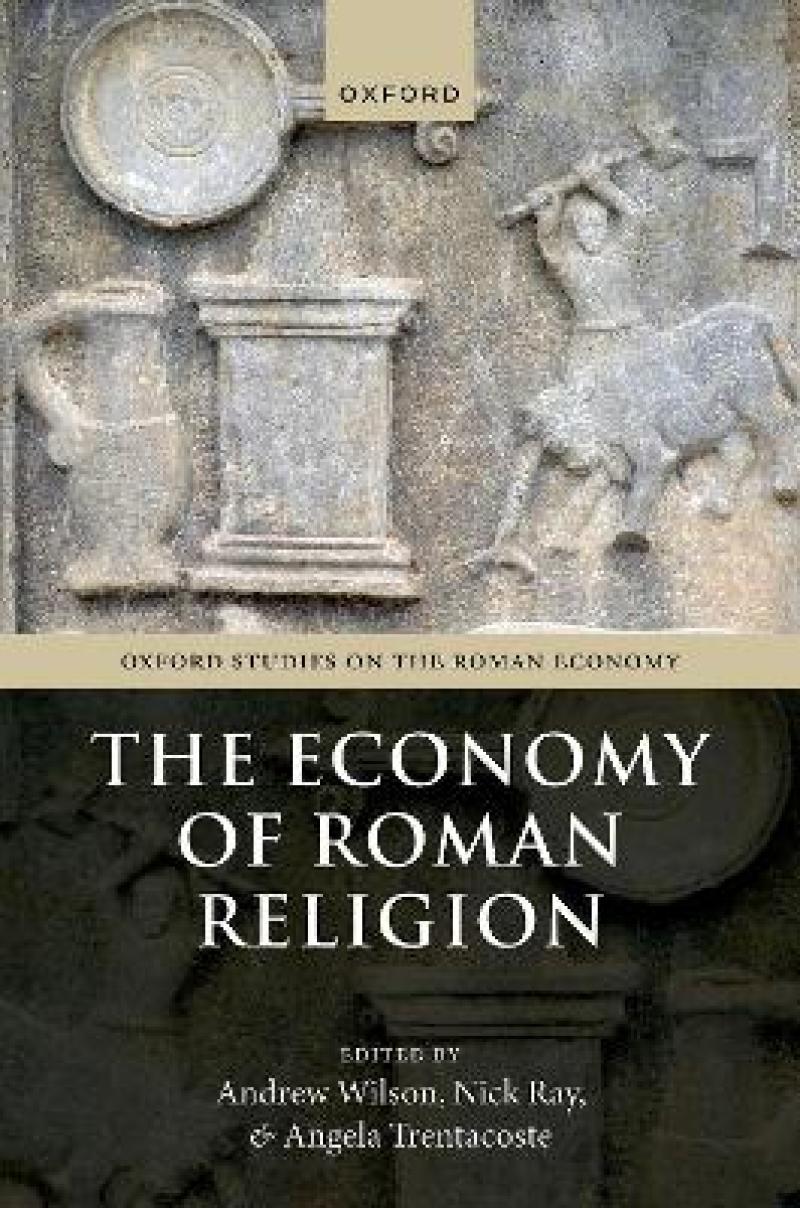In many ways the economic activity of Roman religious sites was remarkably like that of those of the Christian church. Discounting the advent of doctrinal orthodoxy and greater control from the centre, there appear to be almost no ways of spending or acquiring money in the medieval church which were not known or practiced in the Roman period. As the authors say, this subject will benefit from a great deal of additional attention, and at some point a book of great interest to the general reader will undoubtedly emerge. Given the quality and approachability of their scholarship, these contributors have undoubtedly provided some of the essential building blocks for such a work.
Roger Barnes
This is a thought-provoking book from an impressive line-up of scholars. It achieves its aim to investigate the meeting points between economics and religion, and will no doubt stimulate much further discussion and debate in both fields.
Stuart McKie, Theoretical Roman Archeology Journal
The range of subjects and approaches discussed across the volume is impressively varied and its contribution to the field is undeniable...In terms of the volume's potential impact on the subject of Roman religion more generally, some chapters will definitely find themselves more easily integrated into wider discussions than others, but the volume contains much that is to be commended and it is hoped will provide readers with the tools to take the subject further.
Jack Lennon, Bryn Mawr Classical Review
